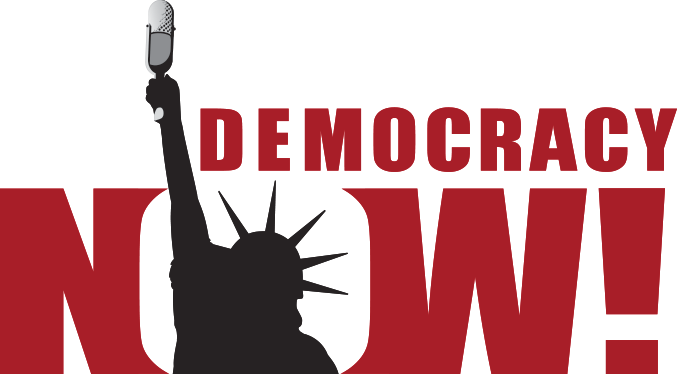The Federal Reserve has announced plans to scale back its monthly economic stimulus program. Under a policy called “quantitative easing,” the Fed has spent $85 billion a month buying up Treasury and mortgage bonds in a bid to trigger economic growth. On Wednesday, Fed Chair Ben Bernanke said economic improvements will lead to reducing the program by $10 billion a month.
Ben Bernanke: “Despite significant fiscal headwinds, the economy has been expanding at a moderate pace, and we expect that growth will pick up somewhat in coming quarters, helped by highly accommodative monetary policy and waning fiscal drag. The job market is continuing to improve with the unemployment rate having declined further. At the same time, the recovery clearly remains far from complete, with unemployment still elevated and with both underemployment and long-term unemployment still major concerns.”
Bernanke steps down as Fed chair next month, to be replaced by Janet Yellen. In what was likely his final news conference as head of the Federal Reserve, Bernanke was asked what he would have done differently.
Ben Bernanke: “We were slow to recognize the crisis. I was slow to recognize the crisis. In retrospect, it was a traditional, classic crisis, but in a very, very different guise. Different types of financial instruments, different types of institutions have made it, for a historian like me, more difficult to see. Whether or not we could have prevented it or done more about it, that’s another question.”











